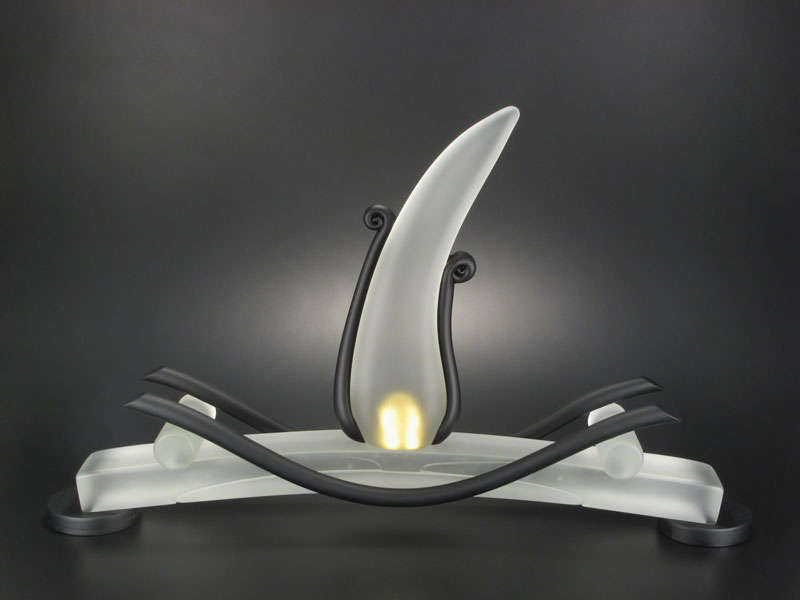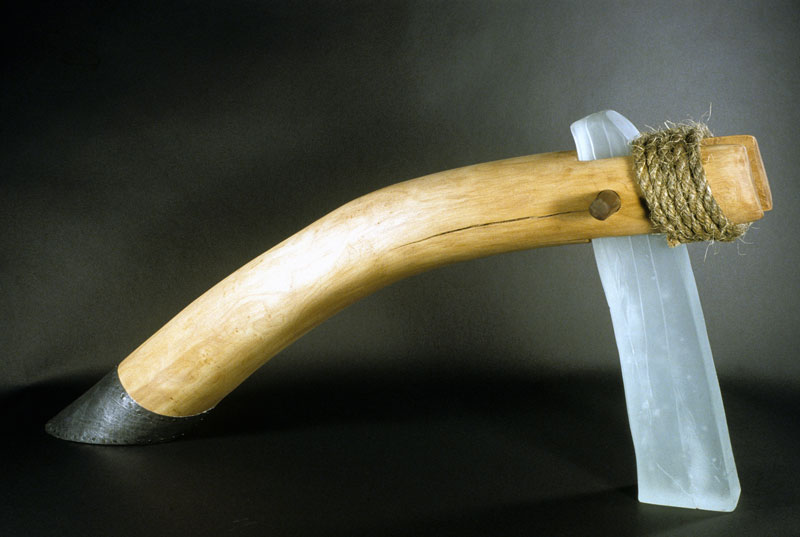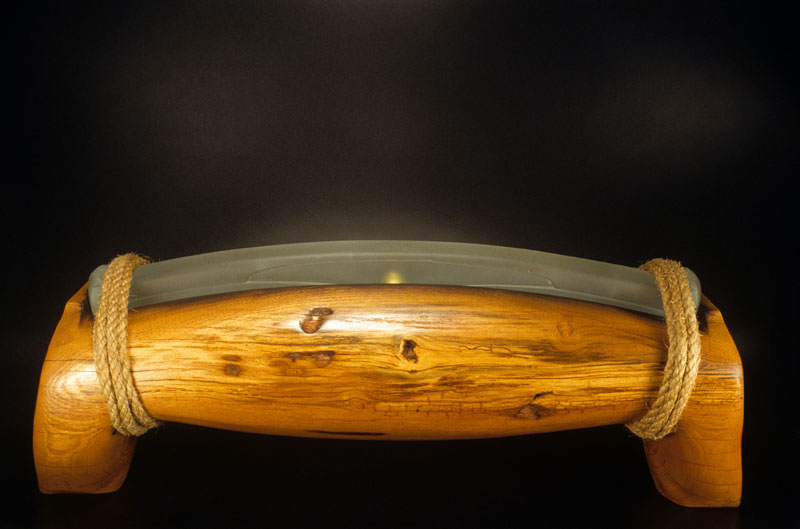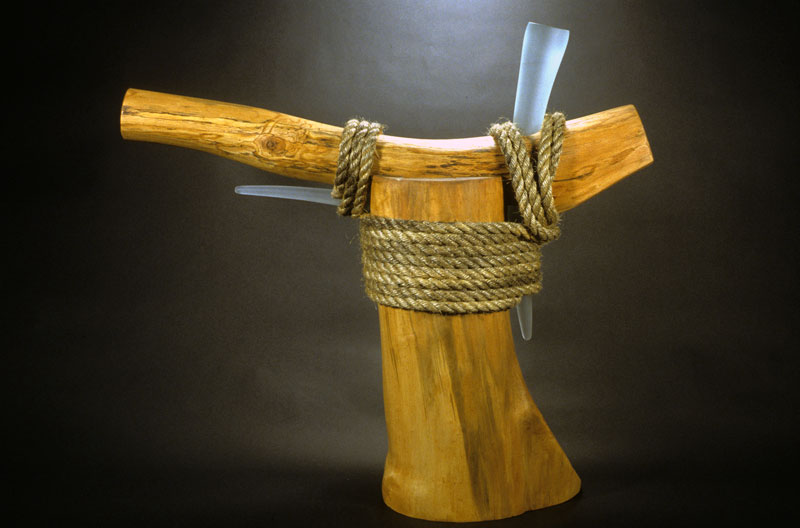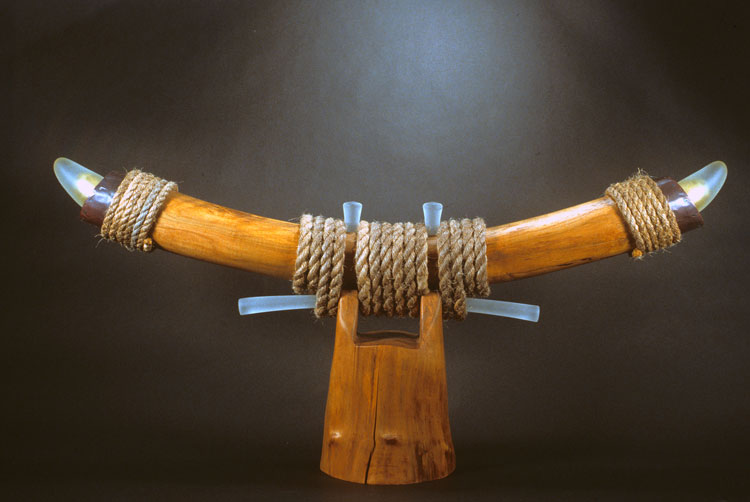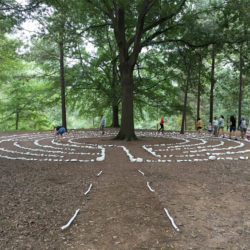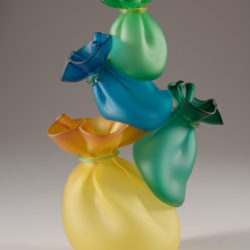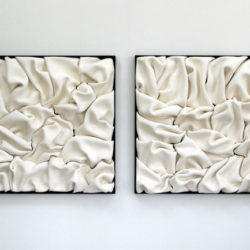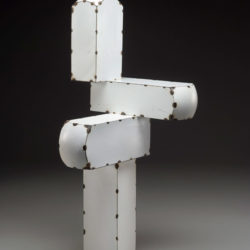Description
Collections
Corning Museum of Glass, Corning, New York
Ebeltoft Glasmuseum, Denmark
Glasmuseum Frauenau, Bavaria, Germany
Contemporary Glass Museum, Madrid, Spain
Museum of Arts and Design (American Crafts Museum), New York
Jerusalem Great Synagogue (Rosenbaum Mezuzah Collection)
Mint Museum, Charlotte, North Carolina
Leigh Yawkey Woodson Art Museum, Wausaw, Wisconsin
New Orleans Museum of Art, Louisiana
High Museum of Art, Atlanta, Georgia
Huntsville Museum of Art, Huntsville, Alabama
Racine Art Museum, Racine, Wisconsin
Museum of American Glass, Millville, New Jersey
Whatcom Museum of Art & History, Bellingham, Washington
North Carolina State University, Raleigh, North Carolina
Asheville Art Museum, Asheville, North Carolina
J. B. Speed Art Museum, Louisville, Kentucky
Leepa-Rattner Museum of Art, Tarpon Springs, Florida
Arts and Science Museum of Statesville, North Carolina
Columbia Museum of Art, Columbia, South Carolina
Hickory Museum of Art, Hickory, North Carolina
North Carolina Museum of History, Raleigh, North Carolina
Mobile Museum of Art, Mobile, Alabama
Art Museum of South Texas, Corpus Christi, TX
McDonald’s Corporation, Oak Brook, Illinois
Nation’s Bank
Hanes Foundation, Winston‑Salem, North Carolina
SAS Institute, Cary, NC
R. J. Reynolds Industries, Winston‑Salem, North Carolina
I.B.M. Corporation
Akzona Incorporated, Asheville, North Carolina
Central Carolina Bank and Trust Company, Durham, North Carolina
Wachovia Bank and Trust Company, Winston‑Salem, North Carolina
Capital Bank of Houston, Texas
Southern Illinois University Galleries, Carbondale, Illinois
Hood Foundation, Kinston, North Carolina
Bowen, Hanes, & Co., Winston Salem, North Carolina
First Banks, Minneapolis, Minnesota
Federal Reserve Bank of Richmond
Numerous private collections in the United States, Canada, Europe, and Japan

